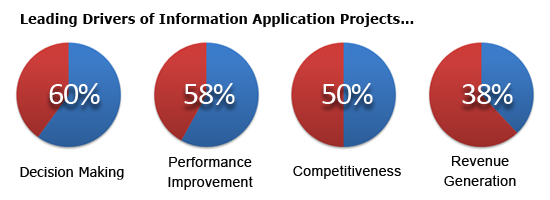Knowledge Center
Taking an "Information Applications" approach to Preadmissions
According to the advisory services firm Ventana Research, Information Applications are the next phase in the evolution of information technology. They are a new generation of light and flexible tools that help organizations turn data into actionable information.

What can your preadmissions process tell you about your business?
Chances are you're already collecting the data you need to effect results in your business. The key is tying that data to specific areas of concern. Some examples to consider include:
| With Info About... | You Can... |
| Patient Outcomes | Compare patient profiles at time of admission against patient outcomes at discharge to learn what kind of patients do best in your programs. Tie assessment criteria back to patient outcomes to learn which indicators really matter, and what red flags should trigger more extensive clinical reviews. |
| Referrals | Examine admission decisions to learn which referring institutions are sending you the best referrals - the patients you actually take and the patients that best align with your care programs. Examine staff performance to learn which members of your patient admission review team are best able to identify successful referrals. Look at the referrals you did not get to surface opportunities in future marketing or program development. |
| Patient "Pipeline" | Review your list of projected referrals (your "pipeline") to help identify short term resource needs. Combine this view with educated estimates of patient DRGs and Length of Stays for revenue management estimates. |
These are a just a few of the things you can begin to do once you track your preadmissions data in a systematic way. Ultimately, the goal of any information architecture is make information actionable. By first identifying the key metrics you need to track you can then put into place the processes you need to drive results.


 Product Fact Sheet
Product Fact Sheet Contact Us
Contact Us